What is a monkey? A tree-swinging, banana-peeling, fifteen-pound mischief maker, right? What is a monkey not? A sixty-pound African grazer, chewing grass and traveling in herds of hundreds. The six humble species of the genus Papio are wildly different in most respects from all other primates, and the reasons why are familiar. Millions of years ago, the climate warmed and dried. Forests burned while savannahs rose across East Africa, and primates needed to colonize beyond the tropical river basin: one ape, one monkey. The ape began to hunt, walking on two legs, and throwing projectiles to kill larger animals. The monkey’s face grew long and dog-like, and their arms extended to walk like a quadruped.
By some measures, the baboons are more successful than humans. They travel in enormous troops for protection, but as monkeys, their brains are large. Complex social hierarchies exist in every species of baboon, all with slightly different quirks. They communicate with complicated facial expressions and calls. Humans traveled in groups and had complex interpersonal relationships in the same way, but neither similarity came close to the monumentality of baboon society. Of course any achievement of baboons is dwarfed by the accomplishments of humans, but I regard our success as a fluke and the baboon’s as a certainty.
The genus Homo is absurdly specialized. Without the ability to cook, we wouldn’t be able to digest fast enough to survive. Infants are born prematurely because if they gestated any longer, their heads would be too large. We’d starve without spears, freeze without clothing, and stagnate without speech. The odds of success were slim. Baboons are everything they need. They don’t need spears to eat grass, clothing in a savannah, or progress without ambition. The butt of a baboon is a pad of callused skin so they are their own chairs. Baboons are what we could have been: they are adapted to the same problems that we are, but they became solutions. We had to make ours.

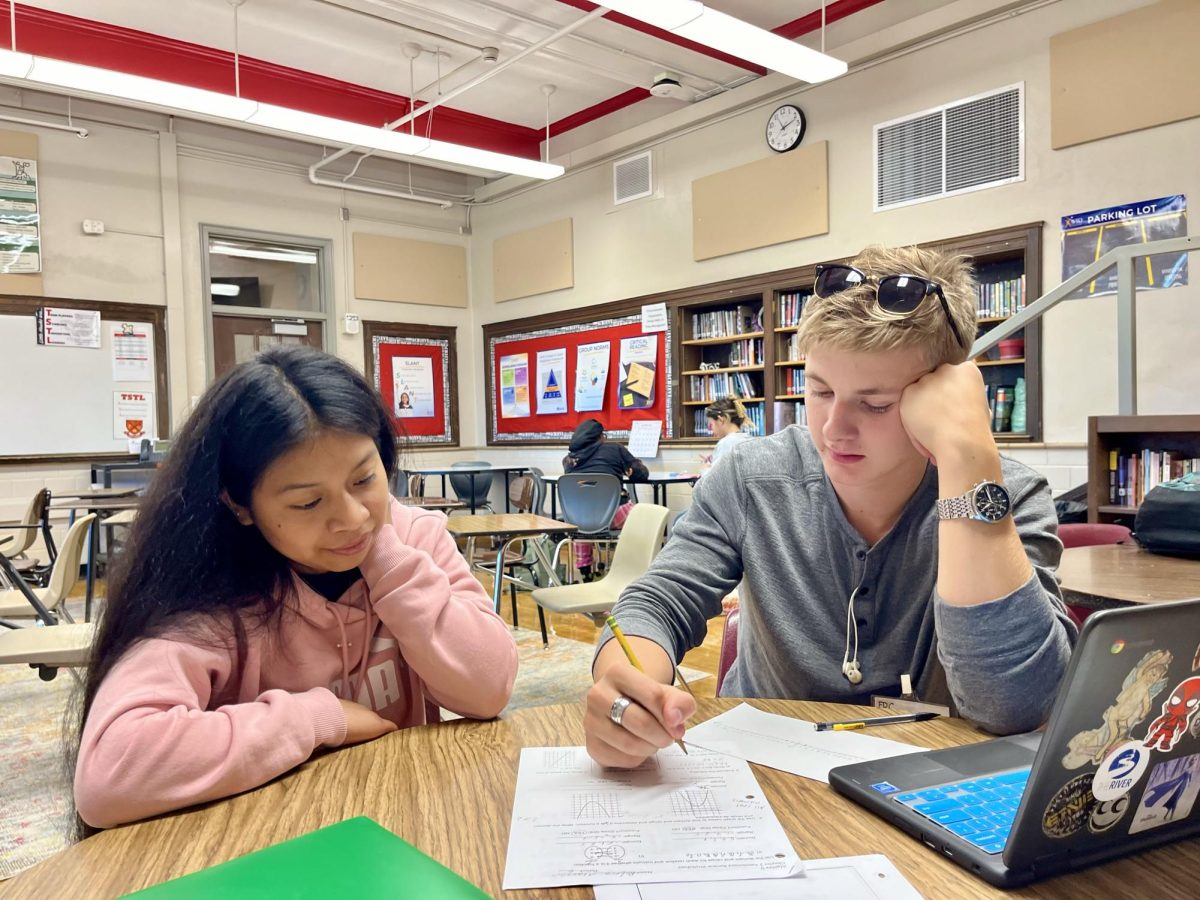
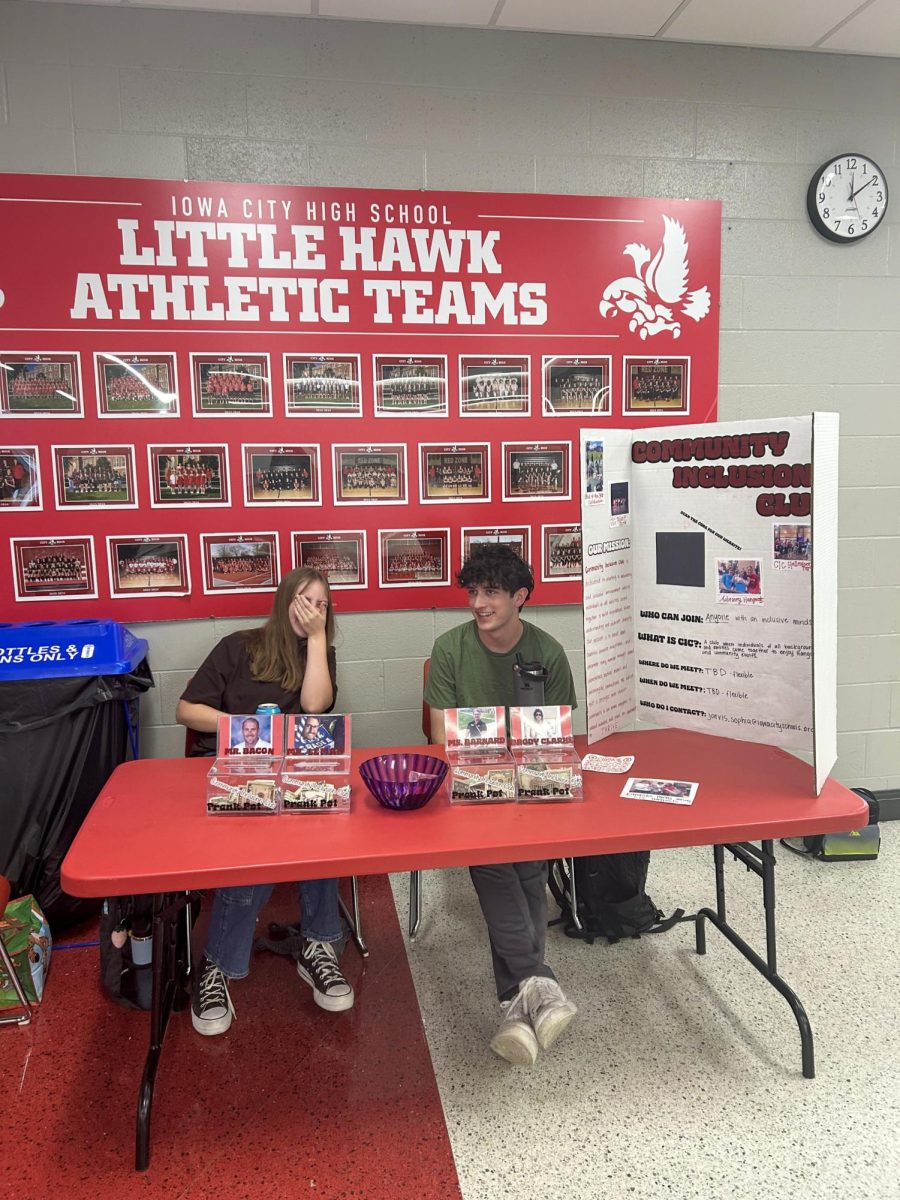


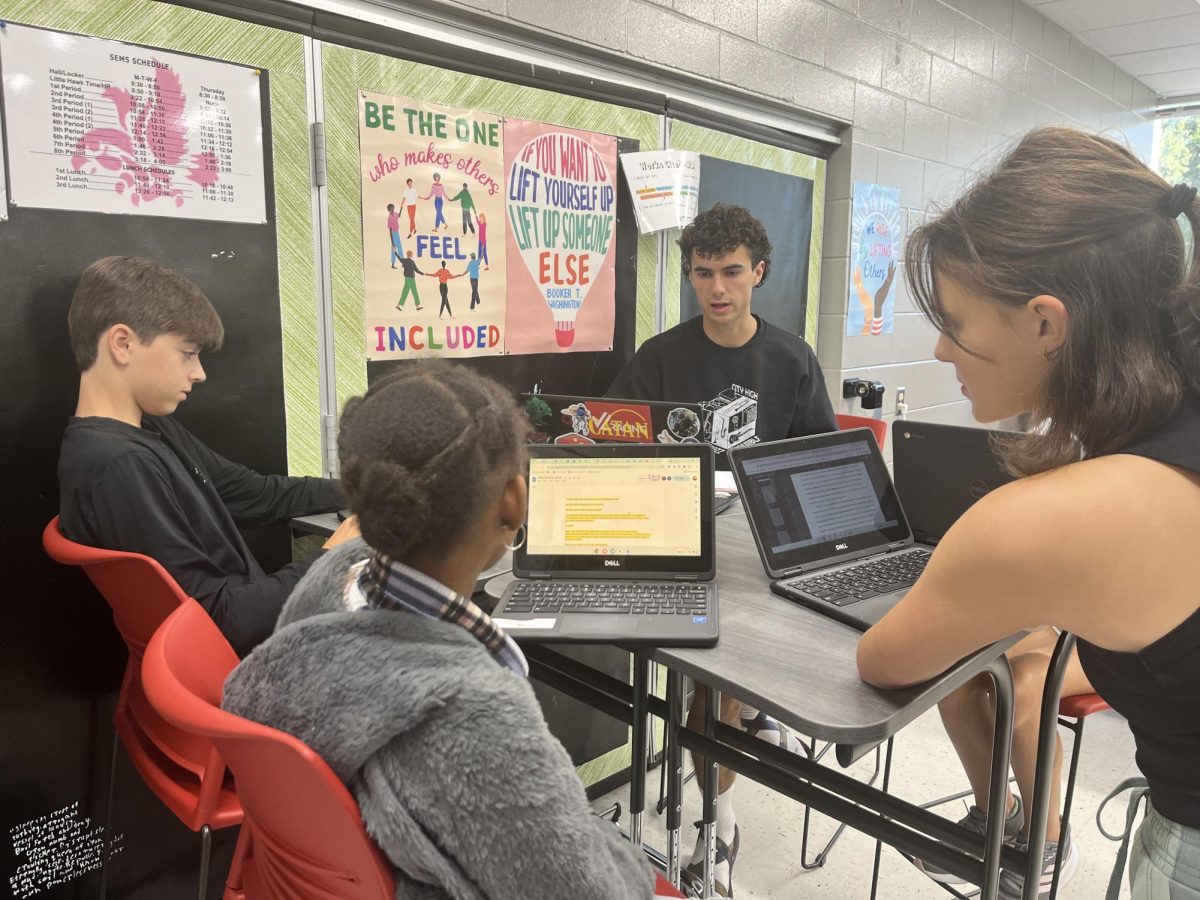

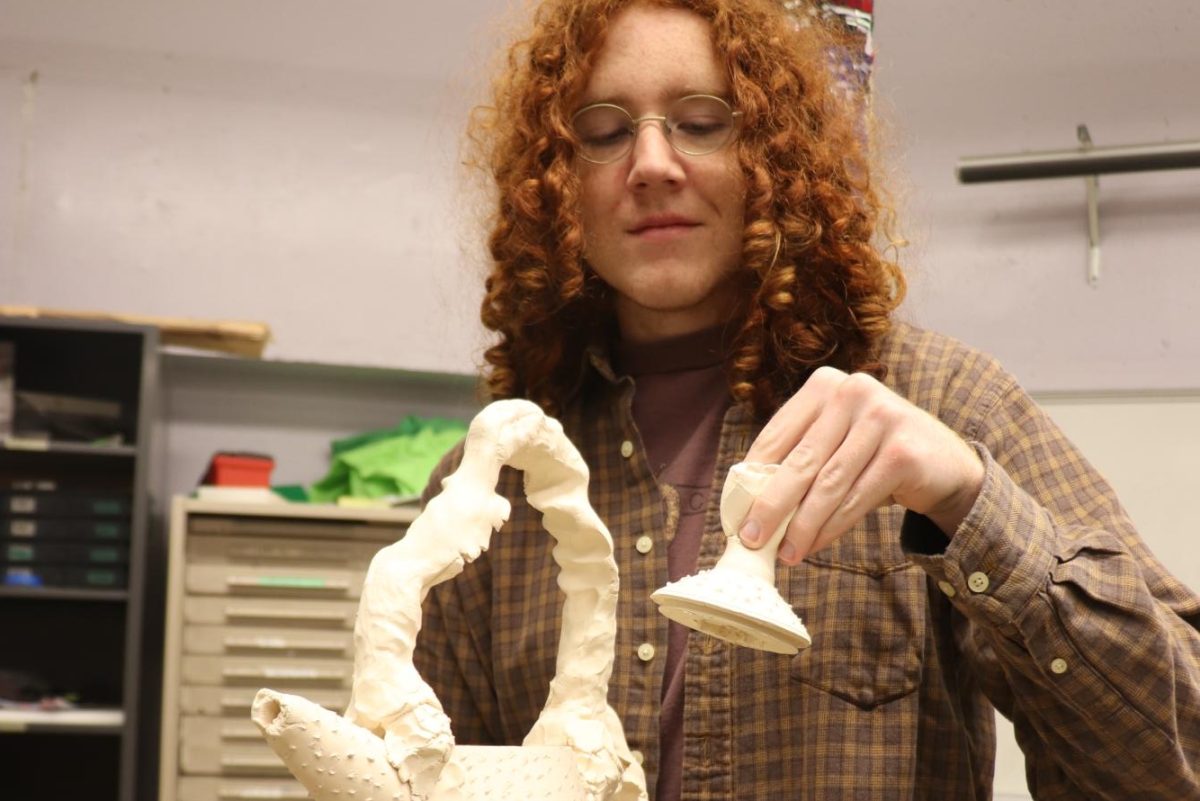


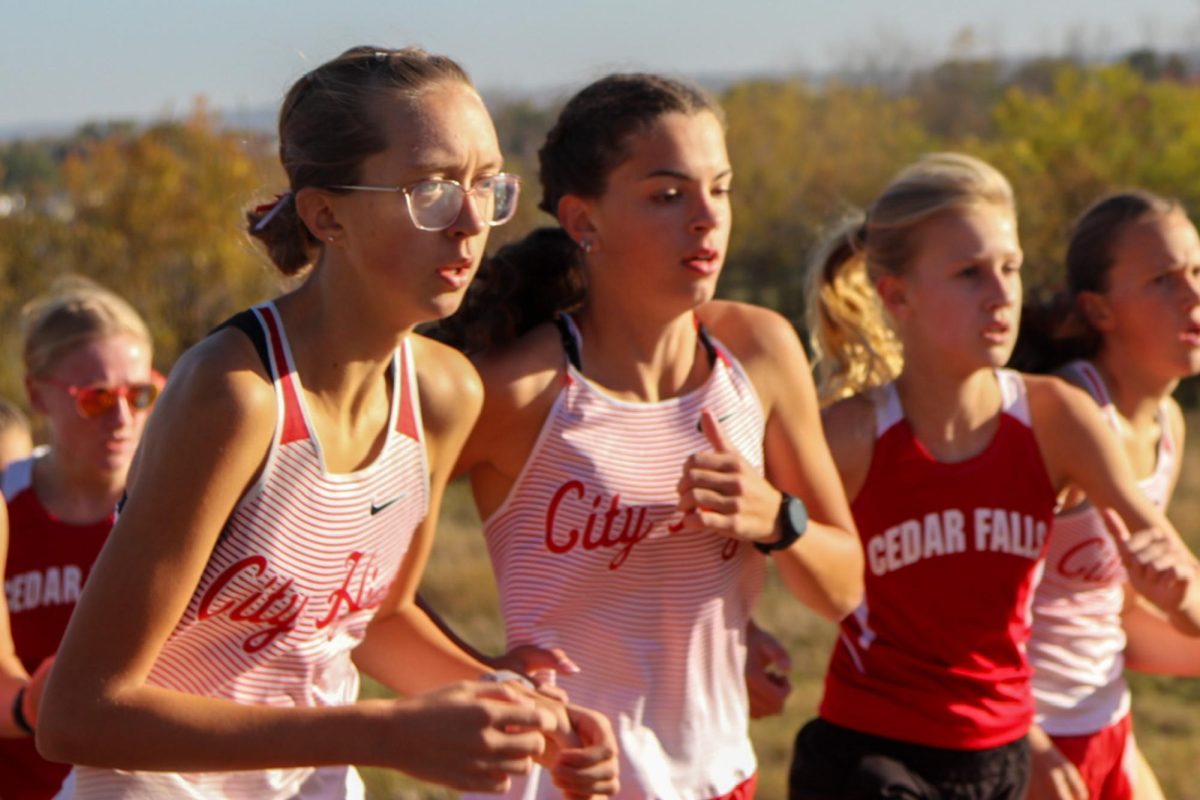
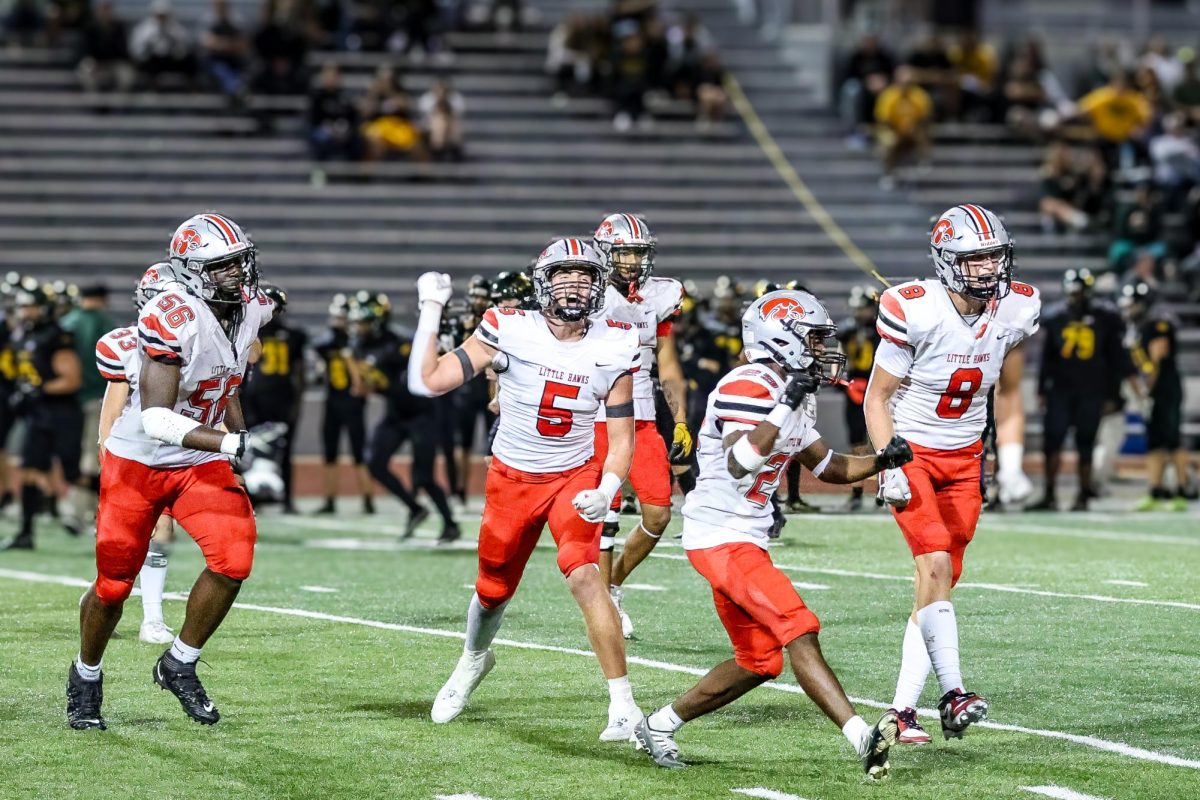


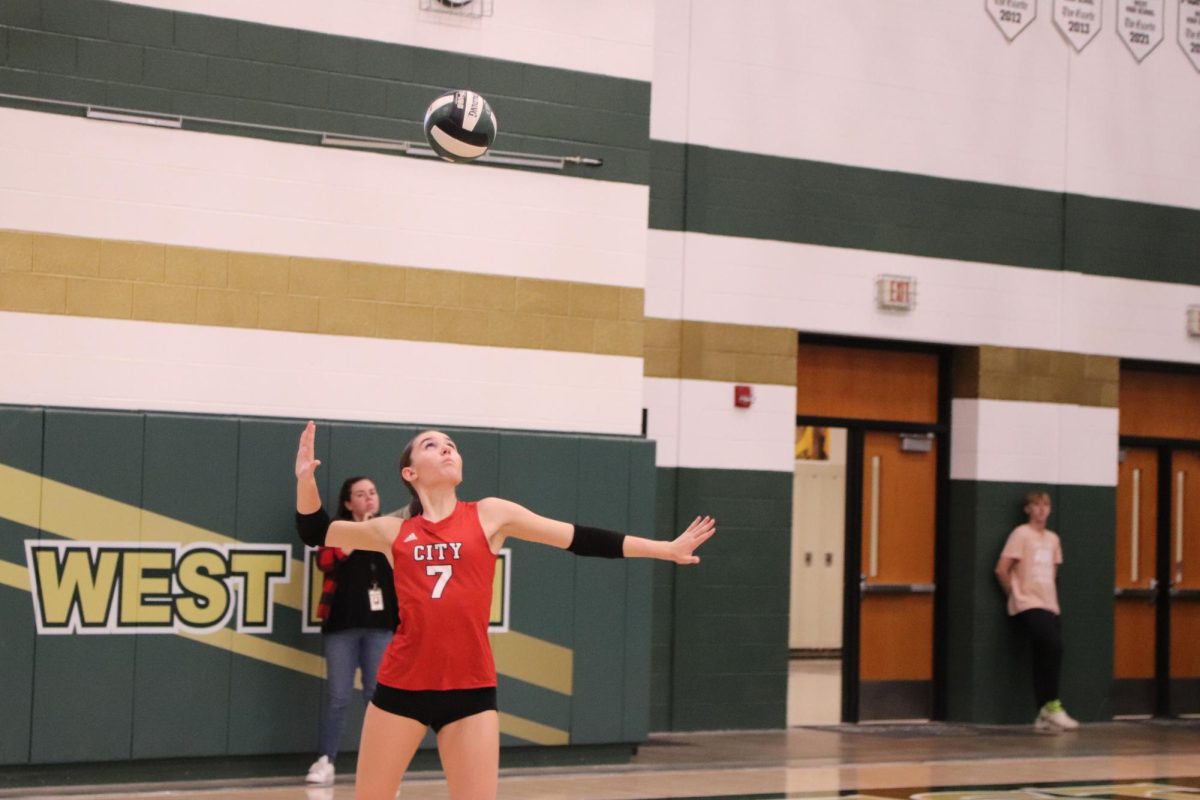

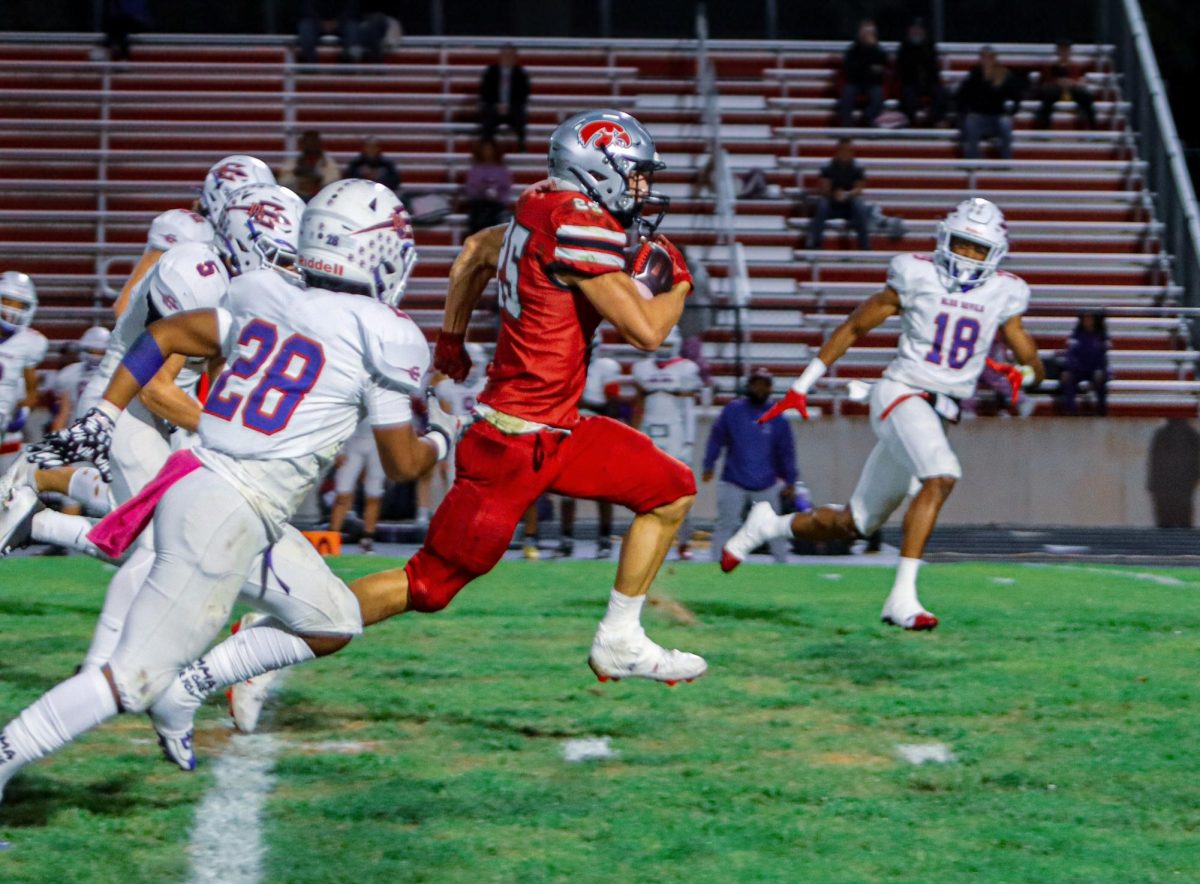
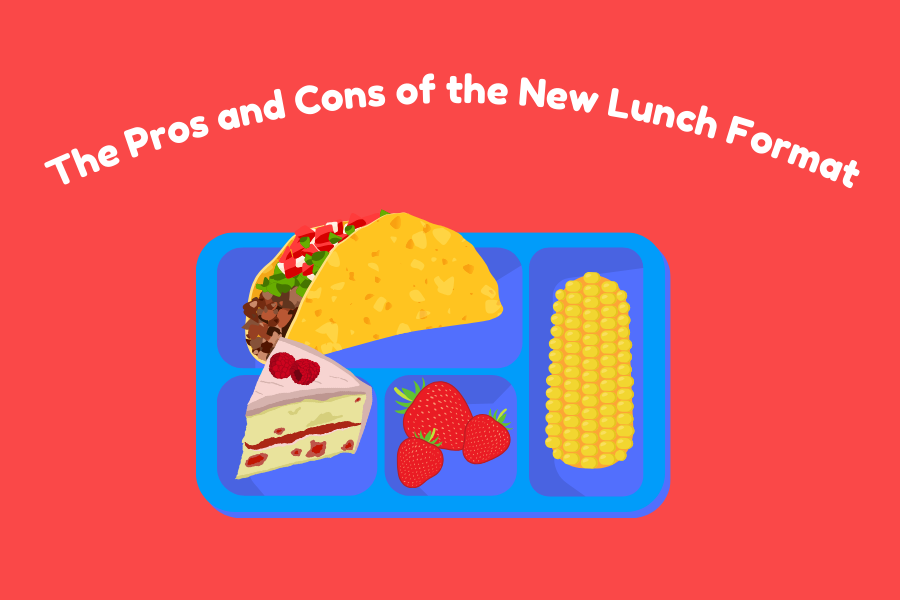


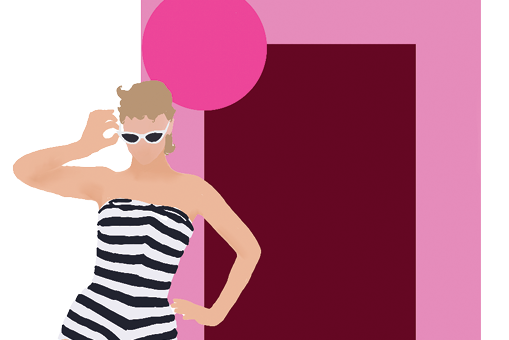
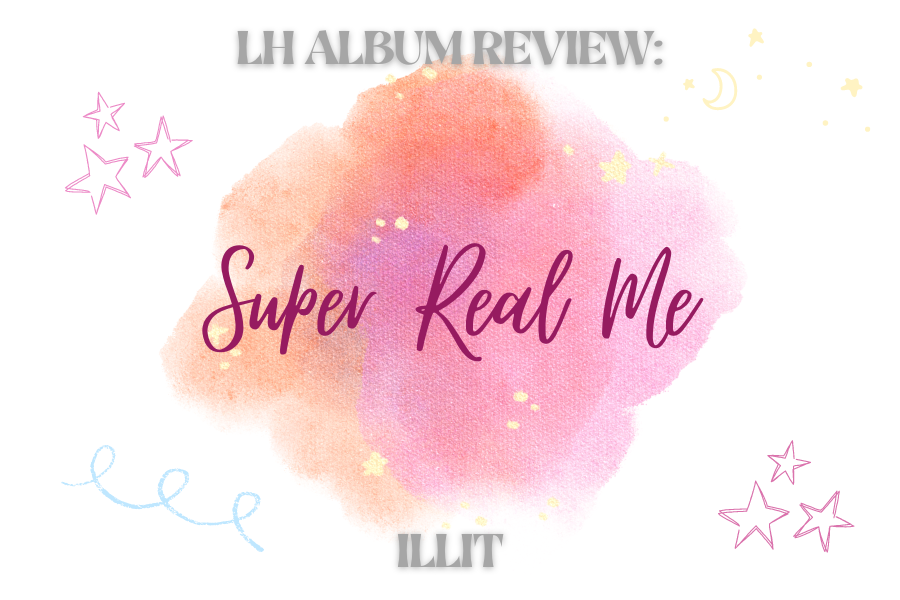





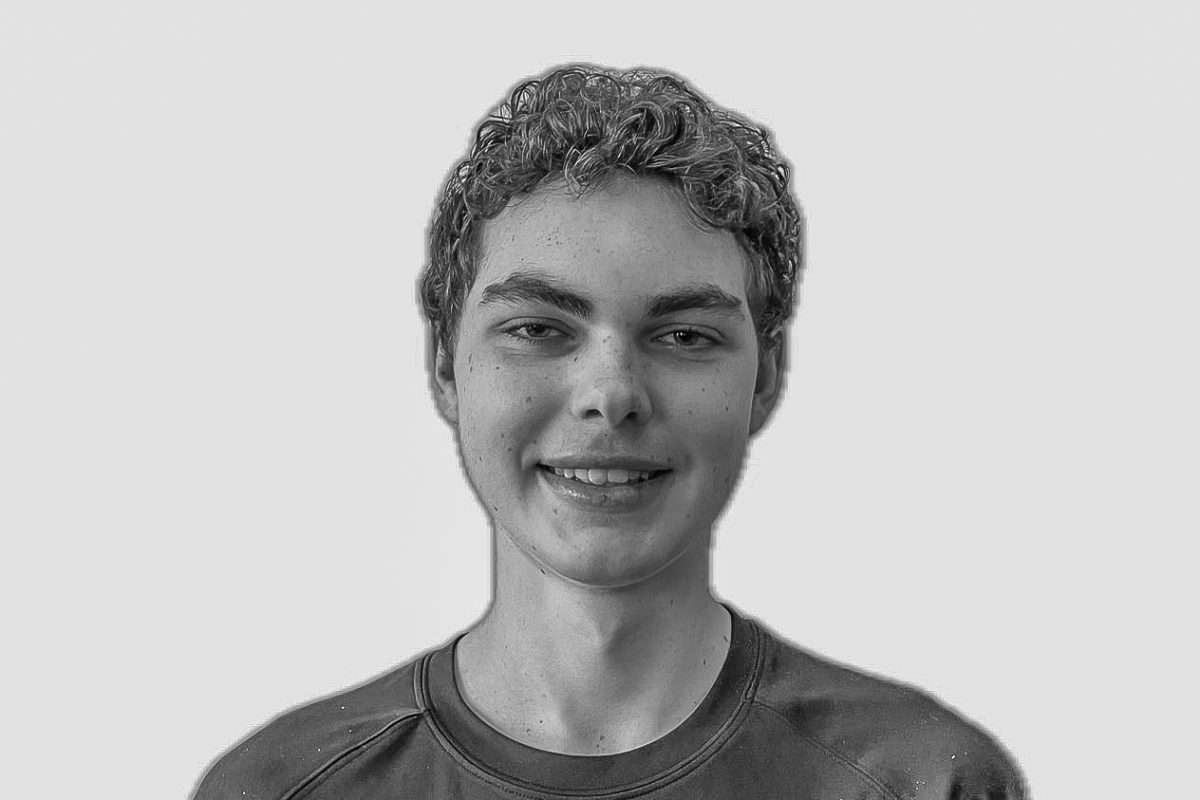


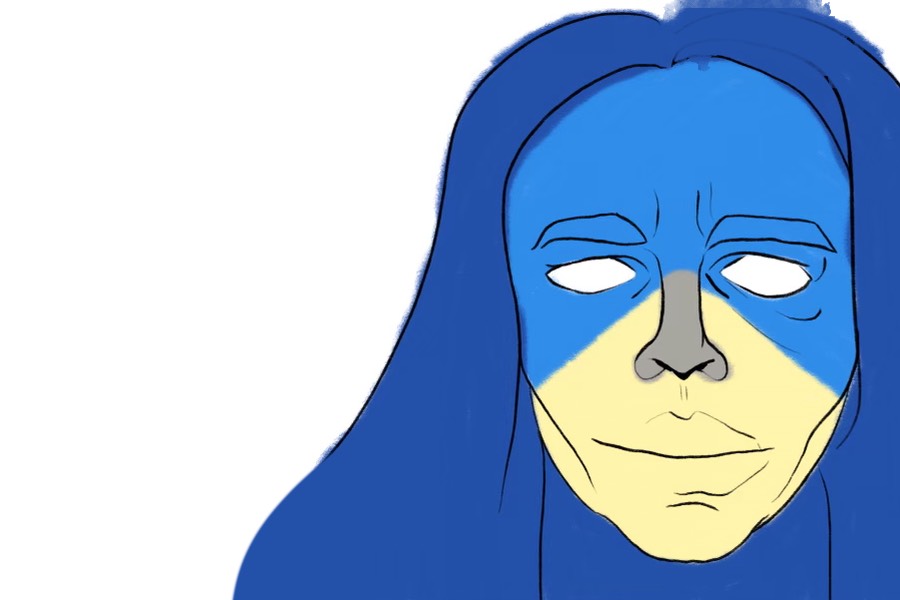
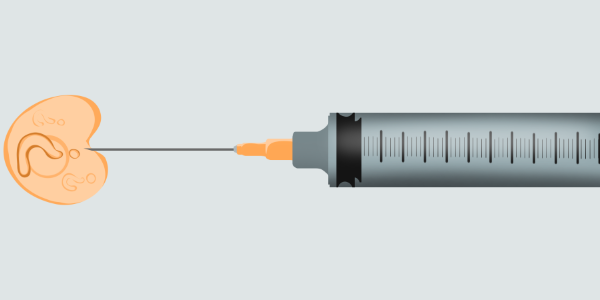
Caius Connolly • Jan 17, 2024 at 8:20 am
The callousing of the butt, Ischial callosities, also functions as a way of signaling when Baboons are ready to mate. They’re more than just a comfy seat!